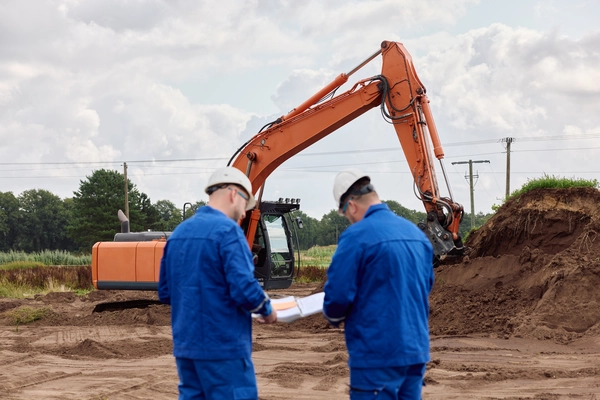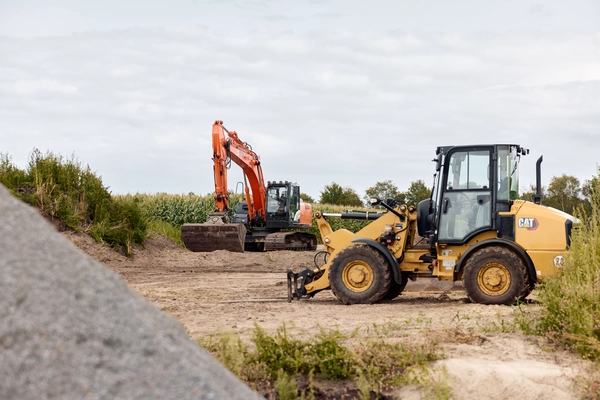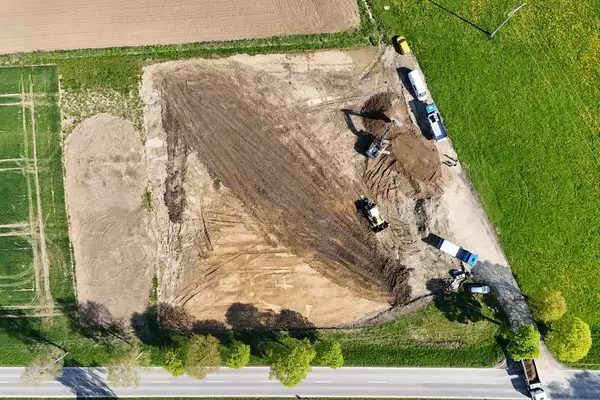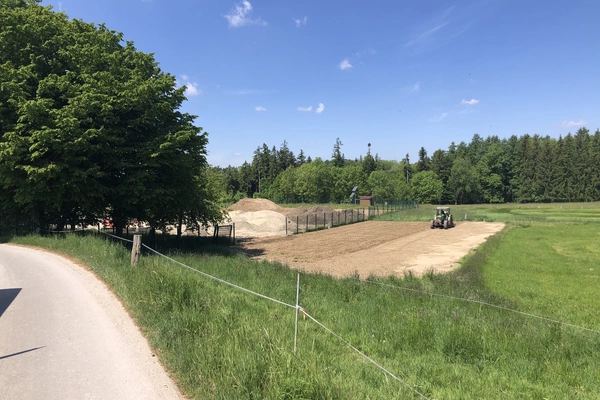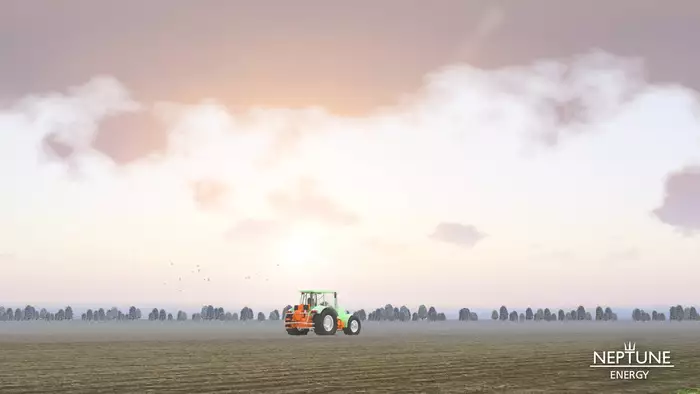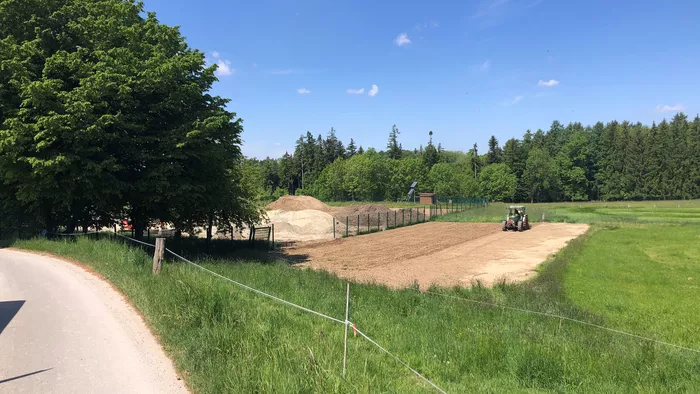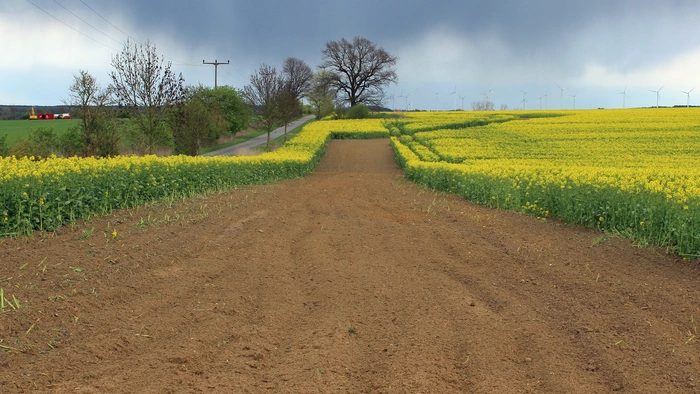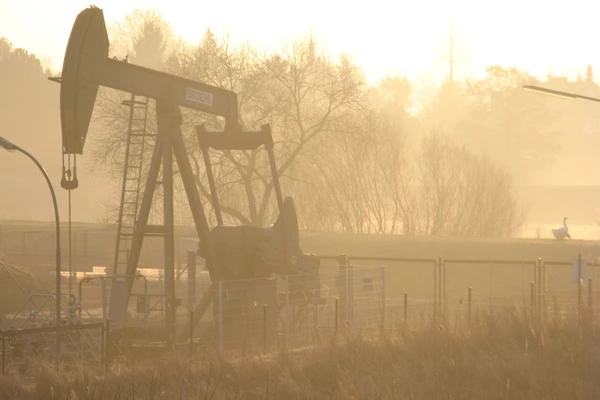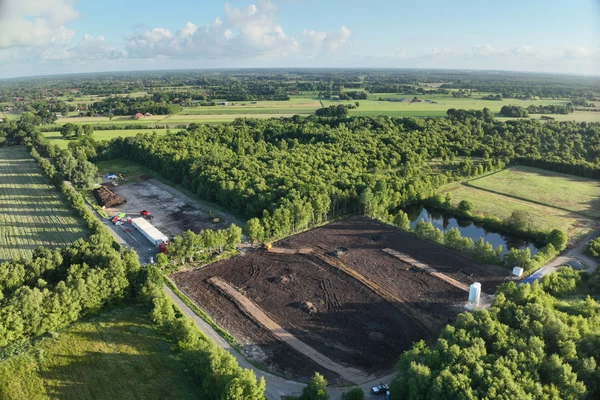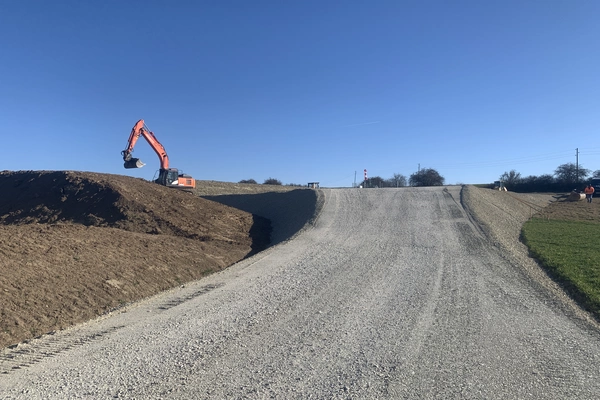Balance
We renaturalise
We renaturalise
Wherever energy is generated, people leave their mark. For us at Neptune Energy, we take this responsibility seriously - not at some point, but now. After all, energy consumption does not end with the last produced resource. For us, the plugging and abandonment of well sites that are no longer in use is a central part of the entire value creation process. For us, balance means that where raw materials were once produced, space for nature, agricultural land or forests can be created again.
Prioritising safety and environmental protection
The plugging and abandonment of former industrial sites is a core task for us. As soon as we stop production, we start work to renaturalise the areas. This is because we are responsible for the decommissioning and complete reutilisation of the land formerly used for production.
A specialist team carries out the plugging and abandonment of shut down wells - with the utmost care and in accordance with the applicable environmental standards. The plugging and abandonment of decommissioned facilities involves annual financial resources totalling several million euros.
All work is supervised by the relevant state mining authority. These and other specialised authorities ensure that the safety and environmental protection standards applicable in Germany are adhered to and approve the corresponding application documents.
The way back to nature: project steps
Before an area can be renaturalised, all traces of its previous use must be professionally removed. We therefore differentiate between various sub-steps in our decommissioning projects. The site preparation, the plugging of the well, the site deconstruction and finally the recultivation.
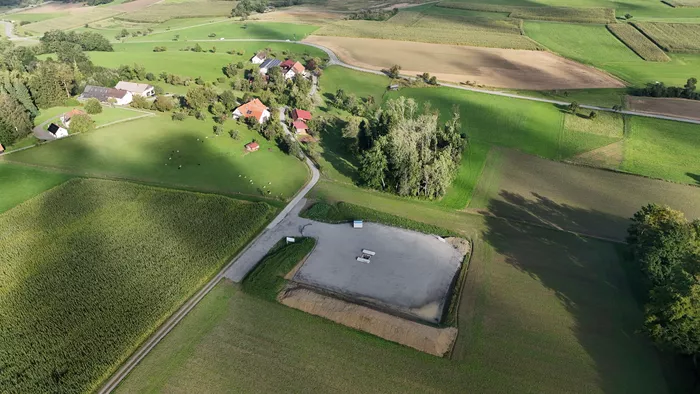
Many people imagine our central field stations to be much larger, but oil and gas wells generally require a manageable amount of land. They require the smallest amount of space while generating the most energy. Many of the production sites are no larger than a double garage. Once the well has been drilled and put into production, the area used for extraction has been reduced in order to minimise the impact on nature. This area has to be expanded again for plugging and abandonment. This is the only way to ensure there is enough space for the rig to backfill the well. This is why many decommissioning projects start with an expansion of the area.
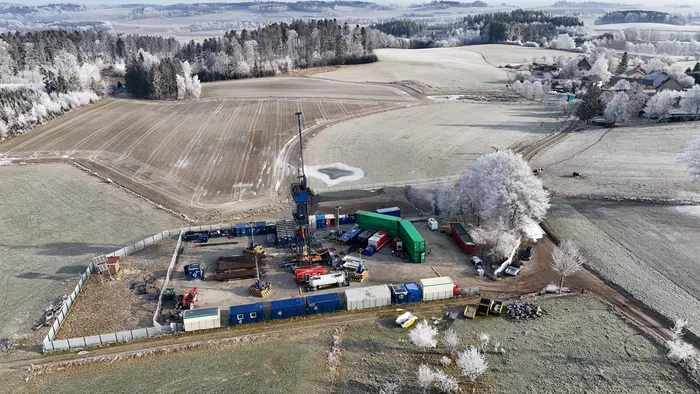
Once the site has been prepared, the central technical step in the decommissioning of natural gas and oil wells can take place: plugging. Our experts use a special winch for plugging. This first pulls out the old production pipes and then fills the well with deep-well cement. Additional mechanical seals secure the well. A thick concrete cover below the edge of the turf forms the seal. The well is thus securely sealed.
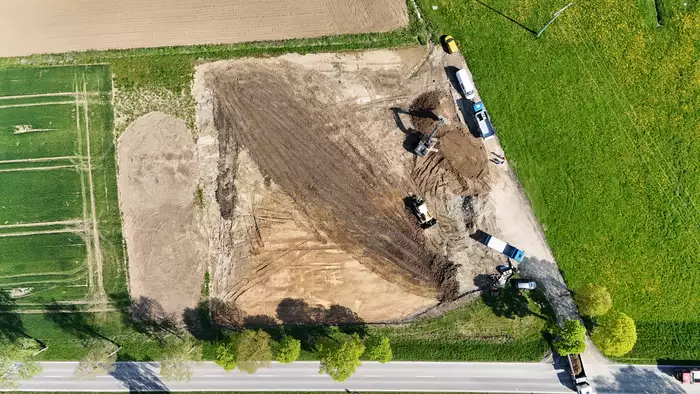
After plugging, we dismantle the conveyor and treatment systems and remove the once sealed surfaces. This is where the path back to nature begins.
The site is then covered with ground soil and recultivated as required. Recultivation is carried out in consultation with the owner and can take many forms: For example, it could be agricultural or forestry.
Our renaturalisation measures are based on the ecological conditions on site. In consultation with environmental experts, authorities and local councils, we redesign embankments, bring in natural soil material or create new habitats - for rare plant and animal species, for example. The work is carried out in close consultation with the relevant authorities - in a transparent, safe and responsible manner.
The renaturalisation of former mud pits is also part of the Balance field of action and thus plugging and abandonment. In the past, the oil and gas industry used to store residues from production in so-called used drilling mud disposal pits in accordance with the state of the art at the time, under official supervision. Today, companies utilise or dispose of the quantities of drilling mud produced immediately in accordance with the Law on Closed Cycle Management and Waste, which means without intermediate storage.
However, taking responsibility also involves accepting accountability for the past. Neptune Energy has already successfully implemented many of these decommissioning projects. Today, the refurbished sites blend into the natural environment and are no longer recognisable as farmland and green spaces to the uninitiated. This creates new shallow water biotopes or other ecologically valuable areas.
The future of dismantling - responsibility that remains
Balance deals with the plugging and abandonment of our operating sites. This is not a one-off process, but an ongoing one. Experts ensure that dismantling projects are implemented in a technically correct, ecologically sound and socially responsible manner.
Our project examples show what balance looks like in practice. From large-scale decommissioning campaigns for former oil and gas wells to the creation of shallow water biotopes, we have numerous projects that demonstrate how we take responsibility. Because what remains in the end is not just a renaturalised area - but trust in an energy producer that takes its responsibility seriously. Today, tomorrow and beyond.
